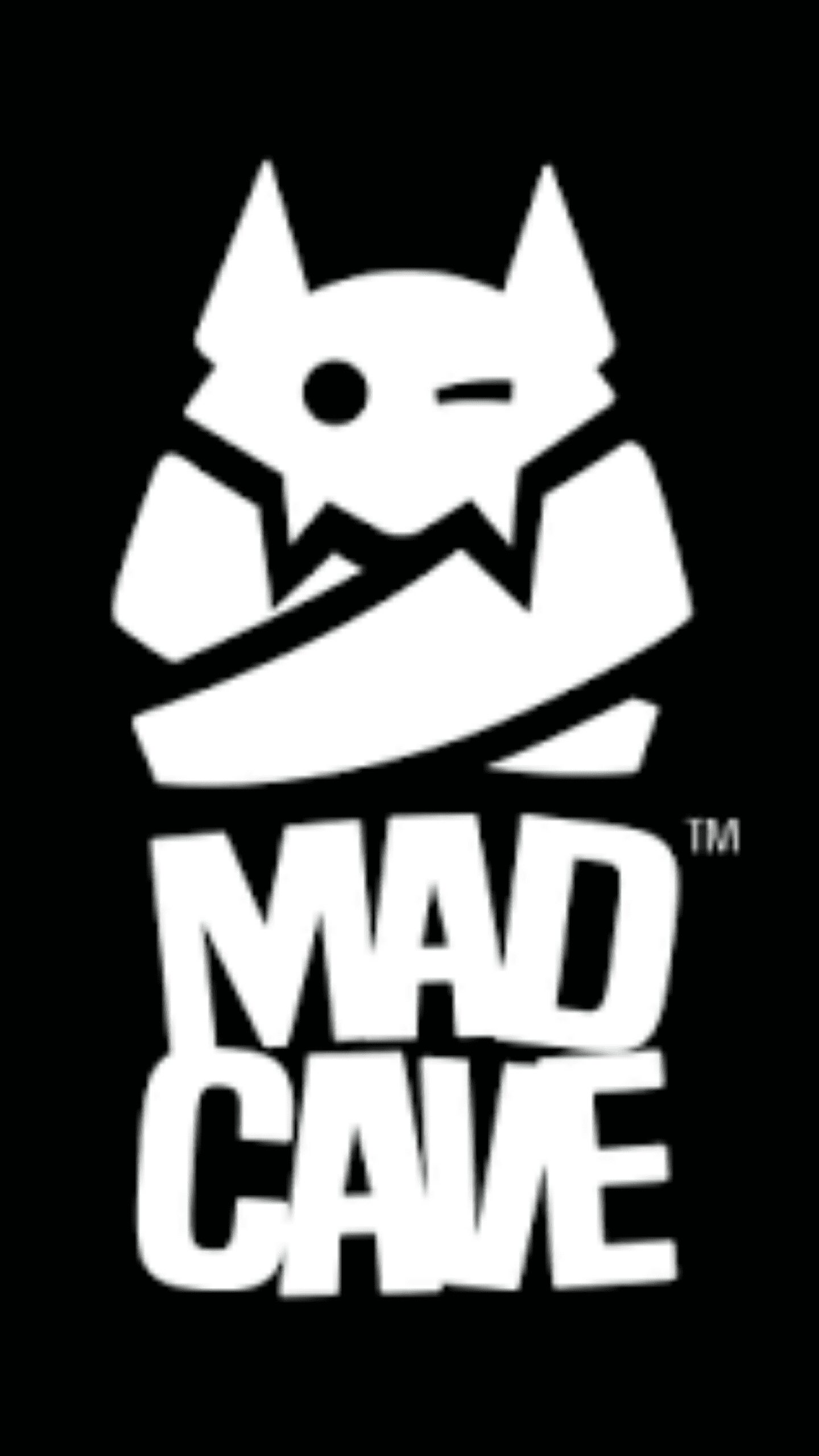Writers: Richard Starkings and Tyler Shainline
Artist: Shaky Kane
Design: John Roshell
Amigo: Francisco Bustamante
Release date: Feb 28, 2018
Well…this was a weird one. The Beef seems to actively revel in its strange concept. This is essentially the origin story of a Hulk-like monster created by “excitotxins” as opposed to gamma radiation. This allows for a look into the world of mass cattle farming, slaughtering, and processing; and it holds no restraint in presenting that.
The book uses the “then and now” in its story-telling, and to great effect, showing main protagonist Chuck’s childhood torment by G-Row and K-Bob and explaining the long term effects of ingesting processed beef and a lifetime of slaughtering cattle is having on him as an adult. The transitions between then and now carry across dialogue that segues forward and backward seamlessly from scene to scene; and the visual style, while unrefined, fits with the bizarre nature of this tale.
Where this book is at its weakest is in the presentation of its main antagonists, the aforementioned G-Row and K-Bob. Their sexist and homophobic rhetoric are addressed directly with in the book but the dialogue feels somewhat forced to the point of them being caricatures rather than being fleshed out unlikable, but believable jerks. Characters that are intended to be hated shouldn’t have their language neutered in an attempt to avoid offending readers, by their very nature they should be offensive; but the writer needs to strike a balance in order to make them feel real and not cartoonish like these characters feel.
The most interesting aspect of this book is its treatment of Chuck’s job and diet, breaking down some of the technical aspects of slaughtering animals for processing and the chemical effects meat has on a neurological level. This book will most catch the attention of readers who take a hard look at the American diet, with the excitotoxins being the catalyst for Chuck’s transformation into The Beef (christ I hope they don’t actually call him that) at the end of the issues.
All in all, this book is intriguing for a first issue, but it’s not certainly not for everyone.
Review by: Dexter Buschetelli




